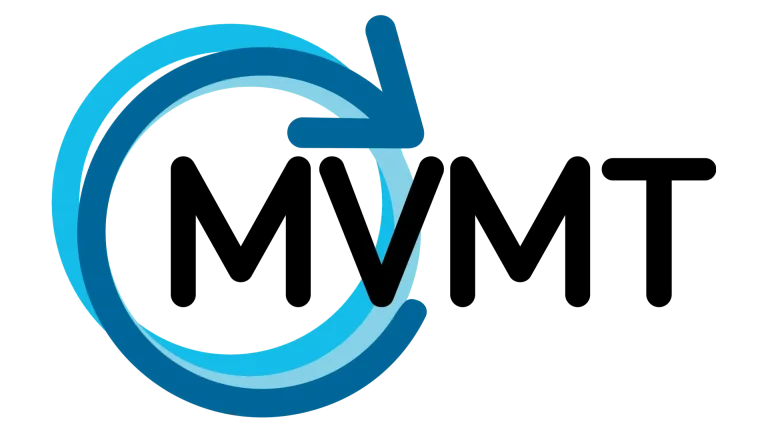A PT and a Trainer Walk Into A Juice Bar…

Stop me if you’ve heard this one: a PT and a Trainer walk into a Juice Bar…
In this 2-part interview series with Emma Bonoli from EmmaBe Fitness and Mark Lusk from MVMT Physical Therapy, we let you in on some of our conversations about fitness, injuries and the rehabilitation process. Emma Bonoli from EmmaBe Fitness and Mark Lusk from MVMT Physical Therapy each asked the other four questions. Part One is the first half of our discussion.
Question 1 – When Is An Injury An Injury?
Emma (EB), from EmmaBe: When I met Mark I had been in pain for months and thought I could heal it myself through stretching, foam rolling, and sports massage. At what point should someone who is experiencing pain come to see you?
Mark (ML), from MVMT: We can separate pain into two different buckets: Performance Pain and Pathological Pain. Performance pain is just that – it occurs either during, or after, performance (on stage, in the gym, on the field/course/road). That pain is often quick, resolves quickly, hasn’t been felt before, and it isn’t reproducible. There’s often no other lingering signs of that pain, like swelling, muscle spasm, bruising or weakness. Pathological pain, on the other hand, persists, is reproducible (it hurts when I do this…), has signs of trauma (tenderness, swelling, bruising), may show signs of weakness or loss of range of motion, and may/may not be the result of an actual incident or accident. That pain doesn’t resolve over time, and may even get worse. Pathological pain requires medical attention from an orthopedist or physical therapist.
Question 2 – A Pain In The… Hip
EB: You helped rehab a femoroacetabular impingement of my left hip. Can you tell us why we experience pain in in the hips?
ML: Look at you! Pulling out the technical terminology… Pain in the hips may be due to a number of causes, and some of it is simply dependent upon the anatomy that we’re born with. But for the rest (majority) of us, impingement develops because of mechanical dysfunction. Tight hamstrings and glutes can prevent proper hip joint mechanics and create an impingement – or “pinching” – sensation of the soft tissues in the front of the hip. As your femur (thigh bone) fold upwards towards your pelvis, muscles, tendons and other structures can get jammed in the front. For anyone performing a full squat – especially under a load – efficient joint mechanics are imperative!
Question 3 – Active Through Injury
ML: Since you brought up your hip and hand injury – what did you find most challenging – being an athlete & trainer – in dealing with your injury, and how did you stay active during?
EB: At the time that I was dealing with my injury I found it most challenging to balance my rehab exercises with my strength training. I was working towards getting stronger and the hip impingement meant I couldn’t do the lifts and explosive work that I wanted to. What helped me stay active were the exercises you gave me to do prior to specific activities. These helped to alleviate the pain and make my LPHC fire properly.
Question 4 – Motivation
ML: What are your tricks for motivating patients – either getting them to do things that they don’t want to do, or to push them to a new place?
EB: I’m a really positive coach, I like to present new things as exercises that my clients can obviously do. Walk them up to the bar and say “you’re going to do a pull-up”- just like that. Usually they laugh and tell me I have unfounded faith in them, but little do they know, we’ve been working towards this new thing for a while and they are prepared. I like to quietly work towards something a client doesn’t necessarily know they want or need, and then one day challenge them to do it and see how excited they are that they have this strength they didn’t know about. After that happens once, they are incredibly motivated to try new things.
Check in for Part 2 as we continue to discuss our personal journeys, and the path of the patient/client!
